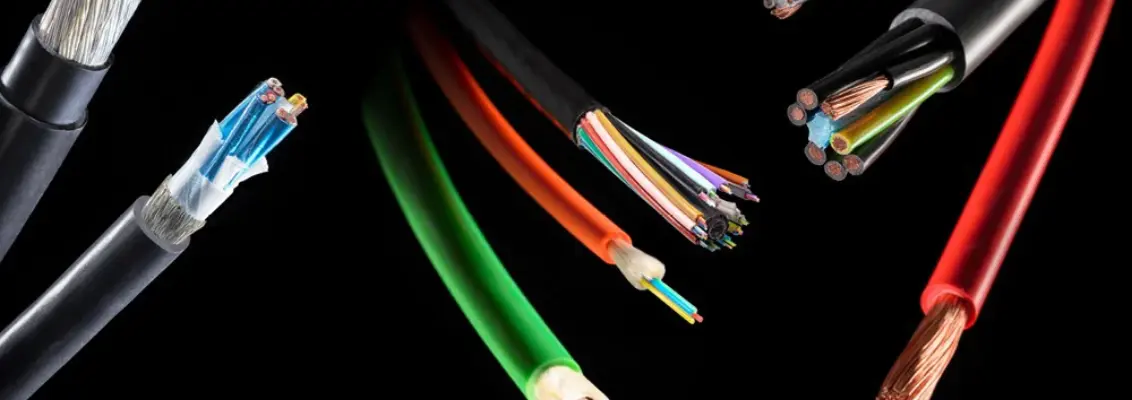Helukabel data cables: their benefits and technology

- Discover the importance of Helukabel data cables in the tech industry.
- Learn about the different types and applications of data cables.
- Find out the advantages of choosing Helukabel cables for your projects.
Helukabel data cables are fundamental in today’s tech industry, especially in sectors like oil and gas. These cables are essential for the transmission of data and signals in various industrial and commercial applications. In this article, we’ll look at the features, types, and benefits of Helukabel data cables—and how they can improve the efficiency and safety of your projects.
Importance of Data Cables
Data cables are vital for communication and the operation of complex systems. In sectors like oil and gas, precise and reliable data transmission is critical for monitoring and controlling processes. Helukabel data cables stand out for their high quality and reliability, making them a preferred choice for industry professionals.
Types of Cables
At Helukabel, we offer a wide range of data cables, each designed to meet specific requirements. Below are some of the most common types:
Control and Communication Cables
- Features: high resistance to electromagnetic interference, flexibility, and durability.
- Applications: automation systems, industrial process control, and internal communications.
Instrumentation Cables
- Features: precise transmission of digital and analog signals, noise protection, and thermal stability.
- Applications: process monitoring, sensors, and measurement equipment in industries like oil and gas.
Fiber Optic Cables
- Features: high-speed transmission, long-distance capacity, and immunity to electromagnetic interference.
- Applications: communication networks, surveillance systems, and telecommunications.
Advantages of Helukabel Cables
- Quality and reliability: Helukabel data cables are made with high-quality materials under strict production standards, ensuring performance and durability.
- Adaptability: a wide range of options allows you to choose the right cable for each specific application, optimizing system performance.
- Technological innovation: Helukabel stays at the forefront of technology, incorporating advancements that improve cable efficiency and safety.
Applications in the Oil and Gas Industry
Helukabel data cables play a crucial role in various areas of these industries:
Exploration and Production
- Reservoir monitoring: accurate data transmission from sensors located in wells.
- Equipment control: robust communications for remote machinery control.
Refining and Processing
- Process automation: integration of control and monitoring systems.
- Safety: reliable transmission of critical operational safety data.
Distribution and Storage
- Inventory management: communication systems for tracking stock and product movements.
- Infrastructure monitoring: supervision of pipelines and storage tanks.
How to Choose the Right Cable
Choosing the right data cable can make a significant difference in the efficiency and safety of your projects. Here are some factors to consider:
- Usage environment: consider environmental conditions such as temperature, humidity, and electromagnetic interference.
- Transmission requirements: determine the speed and capacity needed for your application.
- Regulations and standards: make sure the cable complies with the regulations and standards relevant to your industry.
The Key to Successful Data Transmission
Helukabel data cables are an excellent choice for professionals seeking quality, reliability, and adaptability in their projects. With a wide range of options and advanced features, these cables can significantly enhance efficiency and safety in industrial applications—especially in the oil and gas sector.
They offer a robust and efficient solution for data transmission in demanding industrial environments. Their quality, reliability, and adaptability make them an ideal choice for professionals in the oil and gas technology industry. Knowing the characteristics and applications of these cables will help you make informed decisions and optimize your project’s performance.
